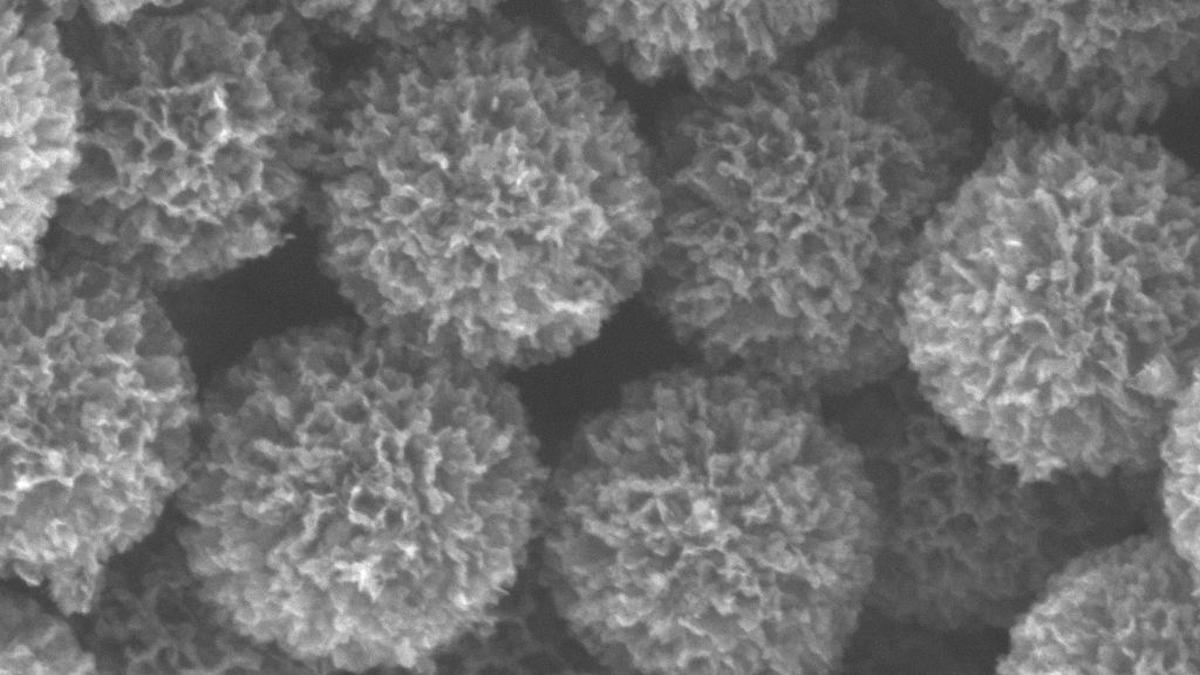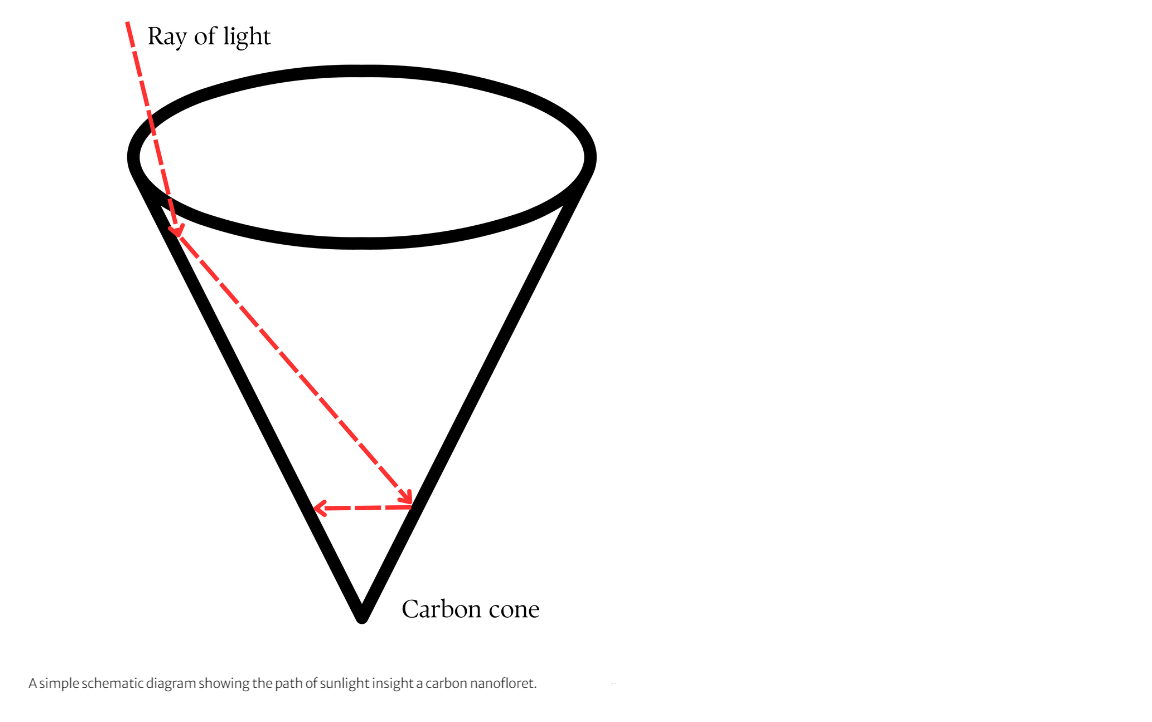Science & Technology
Carbon Nanoflorets
- 01 Nov 2023
- 3 min read
For Prelims: Carbon nanoflorets, Carbon footprint.
For Mains: Science and Technology- Developments and their Applications and Effects in Everyday Life, Achievements of Indians in Science & Technology.
Why in News?
Recently, researchers at IIT Bombay have created carbon nanoflorets capable of converting sunlight into heat with unmatched efficiency.
- This innovative development holds the potential to revolutionize sustainable heating solutions while minimizing the carbon footprint.
What are Carbon Nanoflorets?
- About:
- The carbon nanoflorets, developed by researchers from IIT Bombay, demonstrate an impressive light absorption efficiency of 87%.
- They can absorb multiple frequencies of sunlight, including infrared, visible light, and ultraviolet, in stark contrast to traditional solar-thermal materials that typically absorb only visible and ultraviolet light.
- Designing Process of Carbon nanoflorets:
- A special form of silicon dust called DFNS (dendritic fibrous nanosilica) is heated in a furnace.
- Introduction of Acetylene gas in the chamber facilitates carbon deposition, turning it black.
- Then the black powder is collected and treated with a strong chemical that dissolves the DFNS away, leaving carbon particles behind, resulting in spherical carbon beads with cone-shaped pits, forming the carbon nanoflorets, resembling marigold flowers when observed under a microscope.
- The Role of Unique Structure:
- The structure of the nanoflorets, composed of carbon cones, minimizes light reflection and ensures maximum internal absorption.
- This distinctive design captures and retains sunlight, converting it into thermal energy.
- Minimal Heat Dissipation:
- The long-range disorder in the nanoflorets' structure ensures that heat generated within the material is not carried over long distances.
- This characteristic reduces the dissipation of heat into the environment, allowing the nanoflorets to retain and utilize the generated thermal energy effectively.
- The long-range disorder in the nanoflorets' structure ensures that heat generated within the material is not carried over long distances.
What are the Applications and Commercial Potential of Carbon Nanoflorets?
- Heating Water Efficiently:
- A one-square-meter coating of carbon nanoflorets can vaporize approximately five litres of water within an hour, surpassing the performance of commercial solar stills.
- Carbon nanoflorets are ideal for water heating applications, offering a sustainable and cost-effective solution that reduces reliance on fossil fuels.
- Nanoflorets can be applied to diverse surfaces, such as paper, metal, and terracotta clay, making them versatile for various applications.
- A one-square-meter coating of carbon nanoflorets can vaporize approximately five litres of water within an hour, surpassing the performance of commercial solar stills.
- Eco-Friendly Heating:
- By utilizing nanofloret coatings, users can harness solar energy for heating their homes in an environmentally friendly manner, thereby reducing their carbon footprint.
- Stability and Longevity:
- Coated nanoflorets exhibit exceptional stability with a minimum lifetime of eight years.
- Researchers are continuing to assess their durability under various environmental conditions.
- Coated nanoflorets exhibit exceptional stability with a minimum lifetime of eight years.








